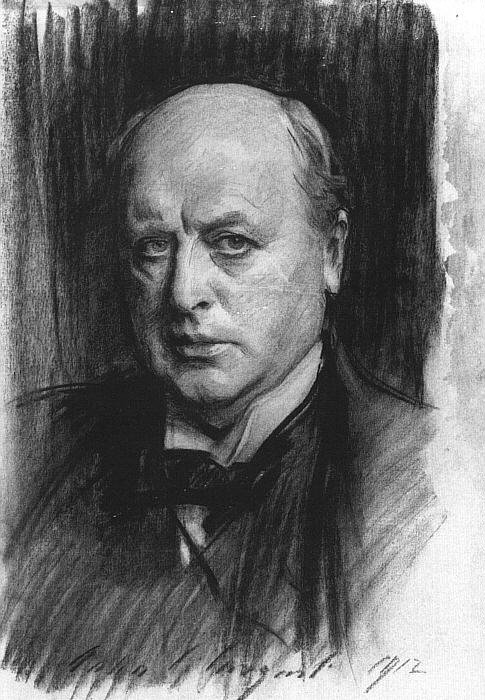Curated by ELLY HONG
For our December round of Friday Reads, we spoke to two of our contributors from Issue 22. Read on for recommendations that strike a unique balance between comedy and tragedy.
Recommendations: Interior Chinatown by Charles Yu, The Mirror & the Light by Hilary Mantel, and Dark Lies the Island by Kevin Barry

Charles Yu’s Interior Chinatown; recommended by Hiten Samtani (Issue 22 contributor)
How can dreams with low ceilings be rendered in such a wickedly fun manner? Charles Yu’s Interior Chinatown strolls with its arms clasped behind its back through the most heartbreaking and depressing places, yet a really good laugh—one that only emerges when you’re confronted with the truth behind the absurd—is never more than a page away.
Structured as a teleplay about a generic cop show set in Chinatown, the book focuses on the usually invisible characters that litter the landscape—“Generic Asian Man,” “Pretty Asian Hostess”—and Yu gives them a soul and a backstory. Choosing to embrace tropes as worthy of literary attention is a brilliant move in and of itself; what makes the novel remarkable is that Yu does so without a trace of sentimentality. Here he is on a key character’s introduction to the American Dream, working as a nurse’s assistant in Alabama for $1.75 an hour, warding off lecherous patients: “‘Hey come here, hey you China doll, with the porcelain skin and almond eyes, let me get a look at those slim thighs,’ and then when the advances were politely and firmly rebuffed, the quick turn to embarrassed indignation, to entitled anger. To: ‘I think my bedpan needs emptying.’”
Yu doesn’t need much ink to get you to understand what the deal is. Some of the book’s best lines are throwaway observations about bit players you never see again: “Average GPA in this room is probably north of three point seven, and now look at them, pretending to be tough, doing a good job at it, as they do.” But he chooses not to throw them away, sprinkling them in so cleverly that you pay attention, knowing that the author may choose to switch perspective and allegiance again, that “Generic Asian Man” may rise, blossom, become “Kung Fu Guy.” Until he falls again.

Hilary Mantel’s The Mirror & the Light; recommended by Julian Zabalbeascoa (Issue 22 contributor)
I spent the better (or at least the most grueling) part of my childhood and adolescence on the family ranch, so while I try to remain curious about the world and those in it, there are two generalized groups whom I have little interest spending time with on the page: New York City’s upper middle class and beyond and those in or anywhere near the orbit of the British crown. Therefore, despite the hardware that Hilary Mantel was accumulating with her Cromwell trilogy (Wolf Hall, Bring Up the Bodies, and The Mirror & the Light), my prejudices got the better of me. However, as is so often the case: I was wrong. The three novels tell the story of the rise and rise and rise and—spoiler—sudden fall of Thomas Cromwell, a blacksmith’s son who will ultimately become King Henry VIII’s right hand man, and they account for one of the better reading experiences of my life.
There’s not a false note among the three books’ 1,500+ pages. Mantel’s sentences are flawless, restrained yet wildly joyful, and unsentimental. Practically every scene is a chess match and incredibly funny, calling to mind Norman Mailer’s line that whenever two men say hello to each other on the street, one of them loses. The whole of it is gobsmackingly exquisite. I’ve just finished The Mirror & the Light, and I’m still in a daze from its final pages. Mantel’s powers appear to be limitless.
Going into this, I doubt I knew that Cromwell, Thomas More, Anne Boleyn, and Henry VIII were contemporaries, and I was wholly ignorant to their fates (spoiler: it’s not good), but now I’m cornering people at parties to fill them in so that they, too, can begin this ride. I’d go to the mat for Mantel’s portrayal of the events and the characters ensnared in them. You’ll be seduced, as I was, by Mantel’s Cromwell, who is as bold, ambitious, and brilliant as the three novels that tell his story.

Kevin Barry’s Dark Lies the Island; recommended by Julian Zabalbeascoa (Issue 22 contributor)
For reasons unknown, I enjoy seasoning my stories with references to other texts. Some of these are a sly gesture, most are pointlessly obscure, and a few are as subtle as Eric Idle jabbing you with an elbow: wink, wink, nudge, nudge. I wrote “Igerilaria” in five days, then revised it over five years. Even after that process, [TC editor-in-chief] Jennifer Acker’s notes on the story provided a new perspective that allowed me to take the engine apart and scatter it across the front lawn. At that point, I was deeply in Kevin Barry’s oeuvre, reading his books multiple times, so I couldn’t help myself, tossing into the story a couple nods to Barry: the mumbling water and the framing of a joke at the expense of the character’s mother. Both come from the short story “Fjords of Killary,” which you can find in Barry’s story collection Dark Lies the Island. If new to the world of Kevin Barry, most people would likely recommend that you start with Night Boat to Tangier or City of Bohane. The thing is, any of his six books are a wonderful place to begin.
Dark Lies the Island is Barry’s second short story collection. Along with “Fjords of Killary,” it contains twelve other gems. The stories are wildly unpredictable—the best example of this is “Ernestine and Kit,” where we follow “two ladies in their sixties” who made “ground through North County Sligo in a neat Japanese car. The sky above Lough Gill was deep blue and the world was fat on the blood of summer.” They seem harmless curmudgeons and are largely ignored by the world, but then a curtain is drawn, our eyelids peel back, and we learn, too late, the dangerous designs ol’ Ernestine and Kit have for the day.
To keep readers chugging along, George Saunders has used as an example the gas stations that writers should set up throughout a story. I can’t recall how many he recommends on a page (or if he does at all), but a handful seems a reasonable enough thing to aspire to. Not Kevin Barry. Sentence to sentence he’s gifting the reader with a jolt, powering us along so that we’re giddily zipping to a story’s conclusion.




